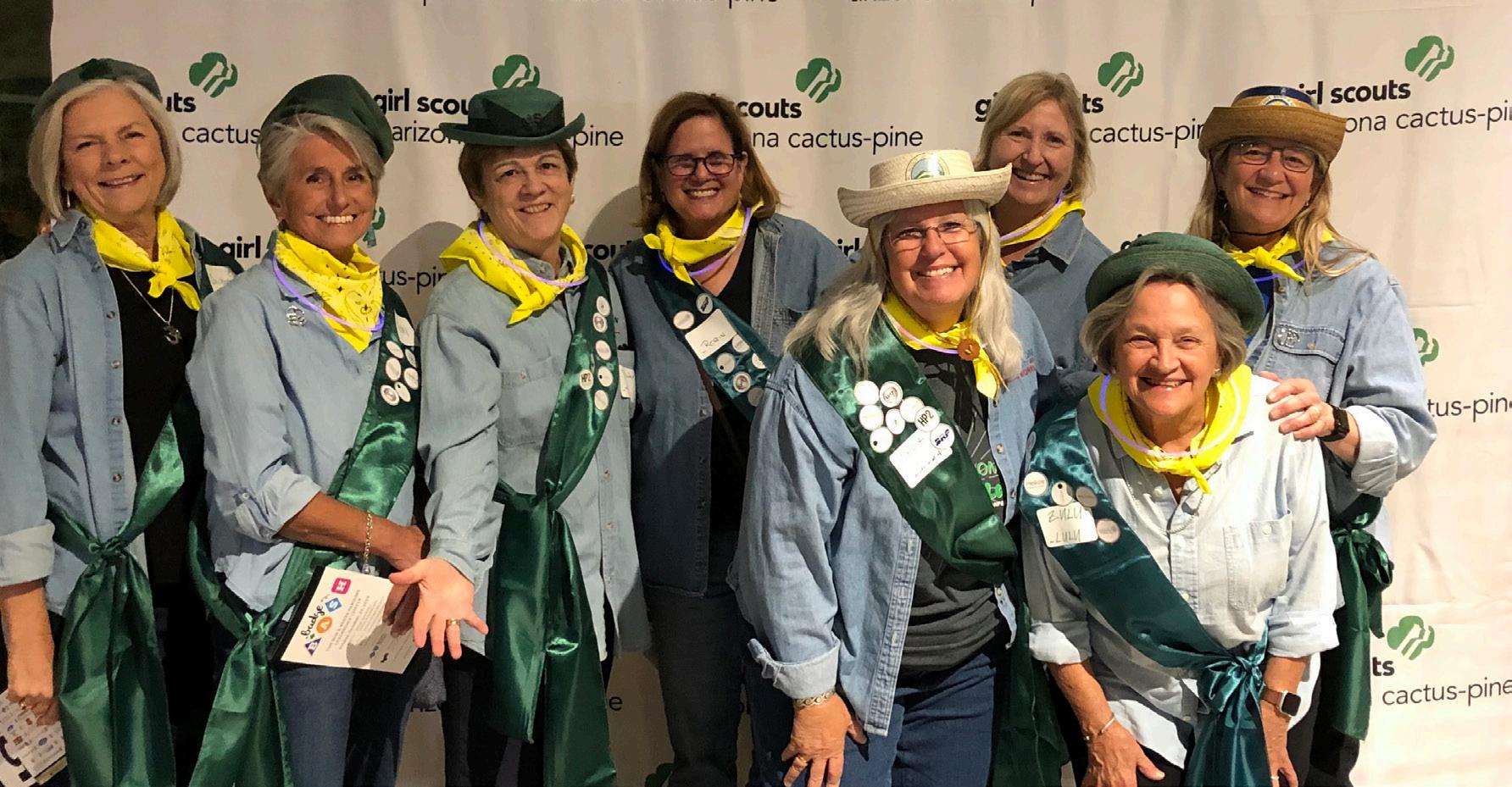
2 minute read
How to Build Resilient Communities
Childhood Inequities, Neglect, Abuse Hidden in Pandemic
CCC&Y reveals how intentional actions strengthen lives, families, communities and the workforce
By Bonnie Stevens, QCBN
Virginia Watahomigie is worried about our families. As the executive director for the Coconino Coalition for Children and Youth (CCC&Y), she knows that isolation, depression and anxiety – all conditions mental health experts say have been made worse by the pandemic – are increasingly having a negative effect on children in Arizona, particularly in rural areas where resources are less available than in larger cities and distances to travel for support are far greater.
Watahomigie also is very much aware that Adverse Childhood Experiences (ACEs) increase the chances for children to grow up with addiction and substance abuse problems, chronic health and mental health issues and other negative outcomes later in life, including violence and criminal behavior. “It is clear that preventing childhood trauma is a very important step,” she said, “but there is much we can do as a community to build protective factors and promote resilience.”
Community-involved business professionals and educators experience first-hand how not every child is raised in a supportive family or treated equally at school. But kindness, encouragement and involvement from adults in a child’s life can have a ripple effect that impacts the individual in a positive way and also benefits the greater community and future workforce.
“It’s easy to picture two kids with the same background, who go on two different trajectories throughout their lives,” said Watahomigie. “For example, let’s say Timmy suffered abuse at home. There were strangers in and out of the house, a lack of food and trauma in his family’s history. Neighbors are uncomfortable around him because his manners seem off and his clothes are dirty. He goes to school, is constantly being punished and gets suspended. Compare that to Sam’s world, where he is treated with kindness, involved in afterschool activities, encouraged as an athlete, welcomed into homes for a meal and invited to build relationships with other kids. It’s easy to see how Sam is set up to develop a sense of self, belonging and purpose.”
Communities make a difference, she says. “Those who don’t understand trauma can cause further trauma.”
Former Flagstaff Unified School District Board member and teacher Julianne Hartzell says COVID-19 has made it more difficult for community members to see signs of childhood trauma, neglect and abuse, as children are more isolated than ever before, sheltering in place and learning from home. She says as many as half the children in the public school system have had Adverse Childhood Experiences (ACEs).
“The education system is now a social service system,” said Hartzell. “We don’t just educate the child anymore, we provide food, counseling and support services for the family.”
Watahomigie notes that the pandemic is demonstrating yet more unevenness of impact. Families who were already dealing with traumatic histories and poverty experiences have even fewer resources during times of national and global crisis.
Studies reveal that having caring, involved adults in children’s lives helps them build protective factors. For example, Coconino County Supervisor Patrice Horstman, shown here in the back row on the right before the pandemic, is one of many Northern Arizona women who volunteer their time with Girl Scouts. Courtesy photo
Continued on page 29




